The Evolution of Electric Locomotive Technology
Electric locomotives have revolutionized rail transportation, offering superior efficiency, reduced environmental impact, and enhanced operational performance compared to their diesel counterparts. At the heart of this transformation lies the power storage battery, a critical component that has undergone significant advancements over the decades.
As early as the beginning of the 20th century, Germany had already adopted electric locomotives (electric trains) powered by a power storage battery for transporting personnel and goods over long distances. These pioneering vehicles demonstrated the potential of electric propulsion in rail transport, setting the stage for future innovations in battery technology and locomotive design.
By 1979, approximately 20% of Germany's long-distance rail vehicles were electric locomotive-driven, with these vehicles receiving energy from 100 charging stations along their routes. This infrastructure development highlighted the growing commitment to electric rail transport and the increasing reliability of the power storage battery systems that powered these locomotives.
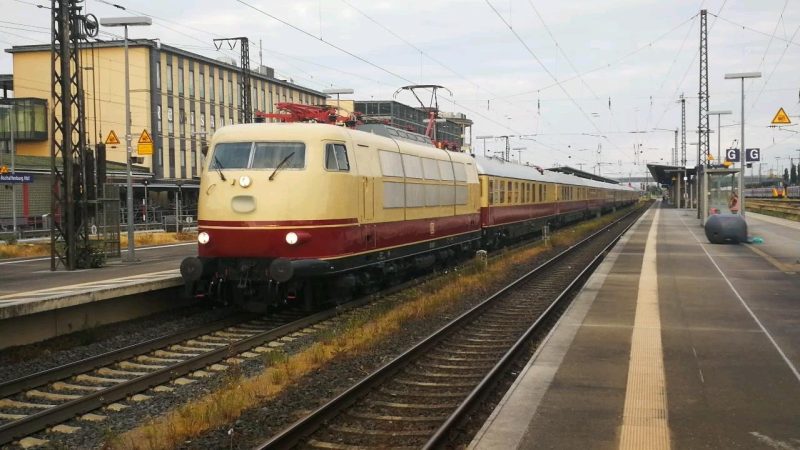
Pioneering Electric Rail Transport
Early electric locomotives in Germany utilized lead-acid batteries manufactured by VARTAAG, demonstrating the first practical applications of the power storage battery in rail transportation.
- First deployed in early 20th century
- Established charging infrastructure by 1970s
- Proven reliability over long distances
Technical Specifications and Power Storage Systems
Battery System Configuration
Each locomotive's battery system, a sophisticated power storage battery arrangement, consisted of 220 individual battery cells. This configuration was carefully engineered to provide the necessary power output while maintaining reliability and safety during operation.
The lead-acid power storage battery technology, while relatively heavy compared to modern alternatives, offered a proven solution for energy storage in demanding rail environments. The VARTAAG company's batteries were specifically designed to withstand the vibrations, temperature variations, and electrical demands of locomotive operation.
With a total weight of 21 tons, these power storage battery systems represented a significant portion of the locomotive's overall mass, influencing design considerations for weight distribution and structural integrity.
Performance Metrics
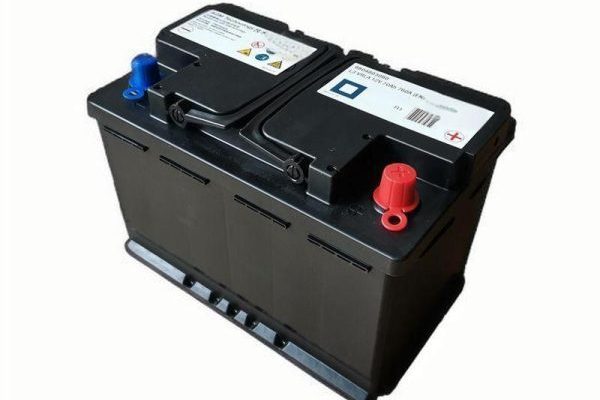
Power Storage Battery Technology
The evolution of the power storage battery has been instrumental in advancing electric locomotive capabilities, with modern systems offering higher energy density, longer lifespans, and improved safety features compared to early lead-acid designs.
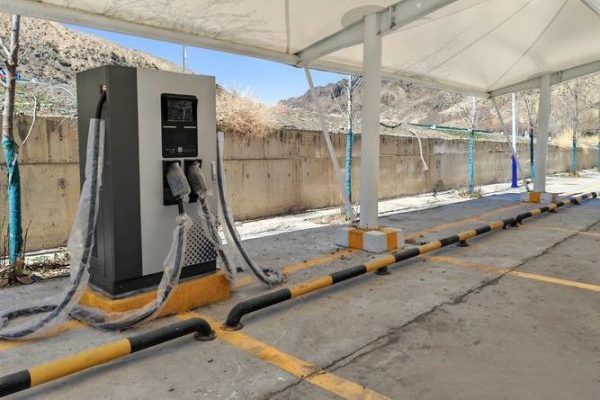
Charging Infrastructure
The development of robust charging networks has been critical to the widespread adoption of electric locomotives, ensuring that the power storage battery can be recharged efficiently at strategic points along rail routes.
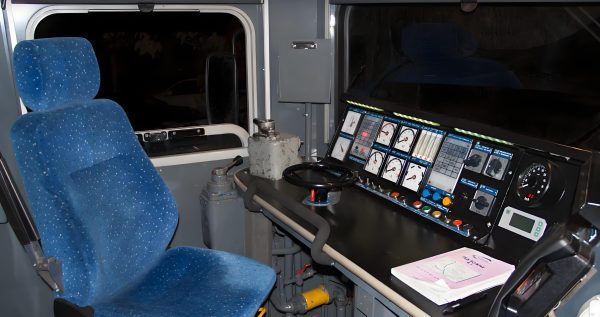
Power Management Systems
Advanced power management systems optimize the performance of the power storage battery, regulating energy distribution to drive systems and auxiliary components for maximum efficiency and operational range.
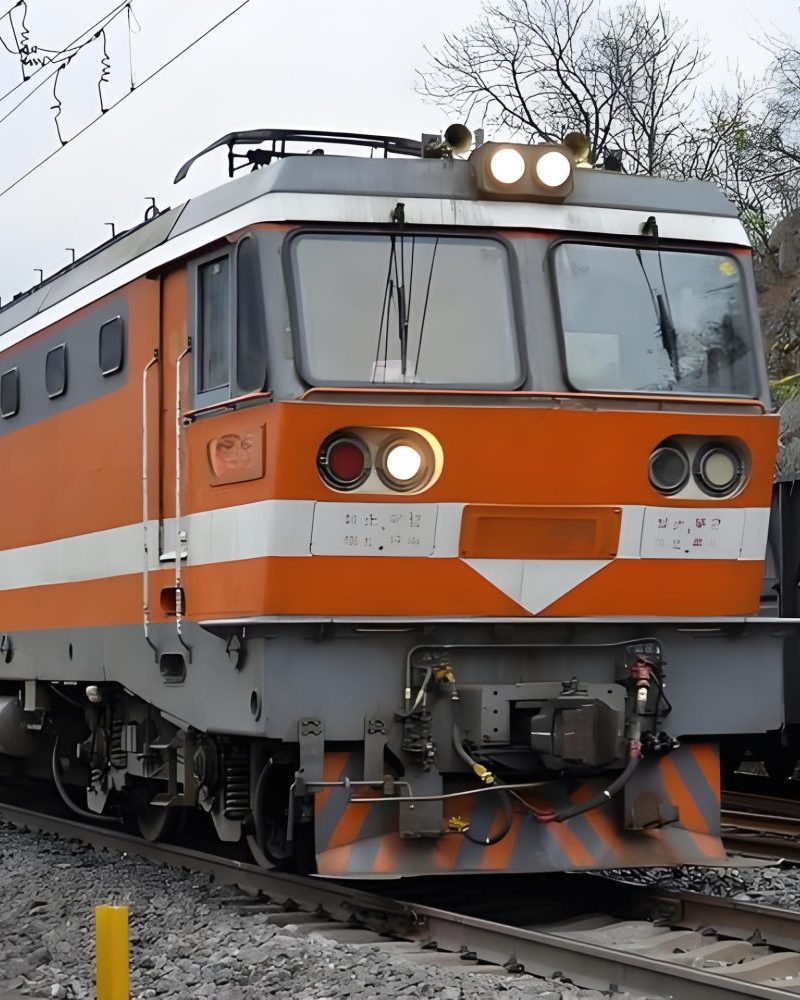
Key Advantages of Electric Locomotives
Based on Germany's practical experience and subsequent global adoption, electric locomotives offer numerous advantages over traditional diesel-powered alternatives. These benefits, many directly attributable to the efficiency and performance of the power storage battery, have solidified their position as the preferred choice for modern rail transportation.
High Reliability
Electric locomotives demonstrate superior reliability compared to internal combustion models, with fewer moving parts and reduced mechanical complexity. The power storage battery systems, when properly maintained, provide consistent performance even in challenging environmental conditions.
Low Noise Operation
One of the most noticeable advantages is significantly reduced noise pollution. Without the loud combustion engine, electric locomotives powered by a power storage battery create a quieter environment for both passengers and communities located near rail lines.
Zero Emissions
Electric locomotives produce no direct emissions during operation, contributing to cleaner air quality and reduced environmental impact. When paired with renewable energy sources for charging, the power storage battery enables truly sustainable transportation solutions.
Lower Operating Costs
Over their lifecycle, electric locomotives typically offer lower operating costs due to reduced fuel expenses and maintenance requirements. The efficiency of the power storage battery system contributes significantly to these cost savings compared to fossil fuel alternatives.
Ease of Operation and Maintenance
Electric locomotives are generally simpler to operate and maintain than their diesel counterparts. The power storage battery systems, while sophisticated, have standardized maintenance procedures that reduce downtime and operational disruptions.
Modern Applications in Rail Transportation
With the continued development of rail transportation, electric locomotives have become the dominant choice for most countries' rail networks. The versatility of the power storage battery has enabled electric propulsion across various rail applications, from high-speed passenger trains to heavy freight operations.
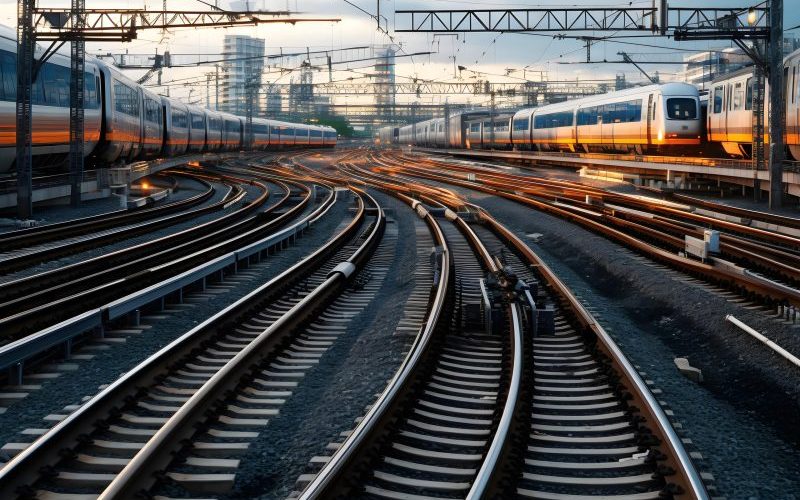
High-Speed Rail Networks
All newly constructed high-speed trains utilize electric propulsion systems, with the power storage battery playing a crucial role in their operation. These advanced trains require significant power to achieve and maintain high velocities, making efficient energy storage and distribution essential.
Modern high-speed electric trains typically incorporate sophisticated power storage battery systems that provide backup power, support regenerative braking, and ensure reliable operation even during temporary power disruptions.
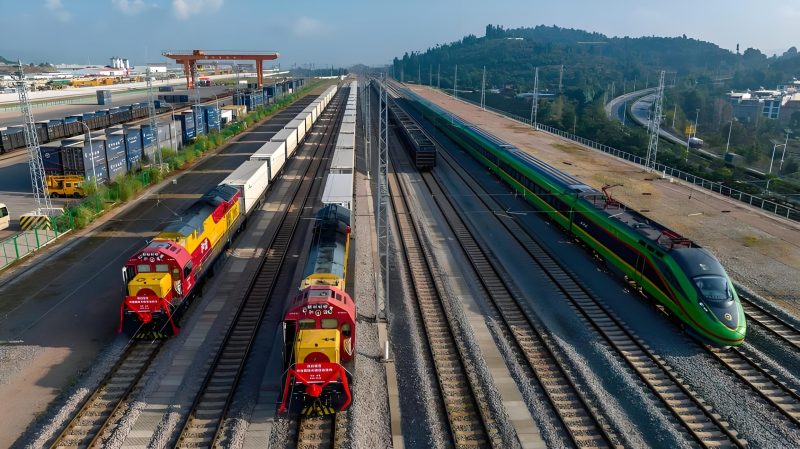
Freight Transportation
Electric locomotives have become the workhorses of freight transportation, offering the torque and sustained power needed for heavy loads. The power storage battery technology in these locomotives is specifically engineered to deliver consistent performance over long distances and demanding routes.
Figure 1-4 illustrates the widely used electric freight locomotives in China, which rely on advanced power storage battery systems to efficiently transport goods across the country's extensive rail network.
Harmony Series High-Speed Trains
The Harmony series electric multiple unit trains, shown in Figure 1-5, represent a significant advancement in electric rail technology. These trains incorporate state-of-the-art power storage battery systems that enhance efficiency, reduce energy consumption, and provide a smoother passenger experience.
Equipped with 750V or 900V traction battery systems, these modern electric trains supply power not only to the drive systems but also to auxiliary systems such as lighting, air conditioning, and on-board services. The integration of the power storage battery with regenerative braking systems further improves energy efficiency by capturing and storing energy that would otherwise be wasted during deceleration.
Mining Industry Applications
Electric locomotives powered by a power storage battery have been widely used in the mining industry for ore transportation for many years, as depicted in Figure 1-6. The unique challenges of mining environments make electric propulsion particularly advantageous over internal combustion alternatives.
Mining environments present significant potential hazards, including the presence of various flammable and explosive gases. In enclosed mines or workspaces, diesel locomotives would cause severe air pollution, creating unhealthy and potentially dangerous conditions for workers.
To ensure the safety of mining locomotives, countries worldwide have implemented strict regulations and even legislation. These standards ensure that the power storage battery and electrical auxiliary equipment (such as chargers) meet stringent explosion-proof and fire-resistant requirements, minimizing the risk of accidents in these hazardous environments.
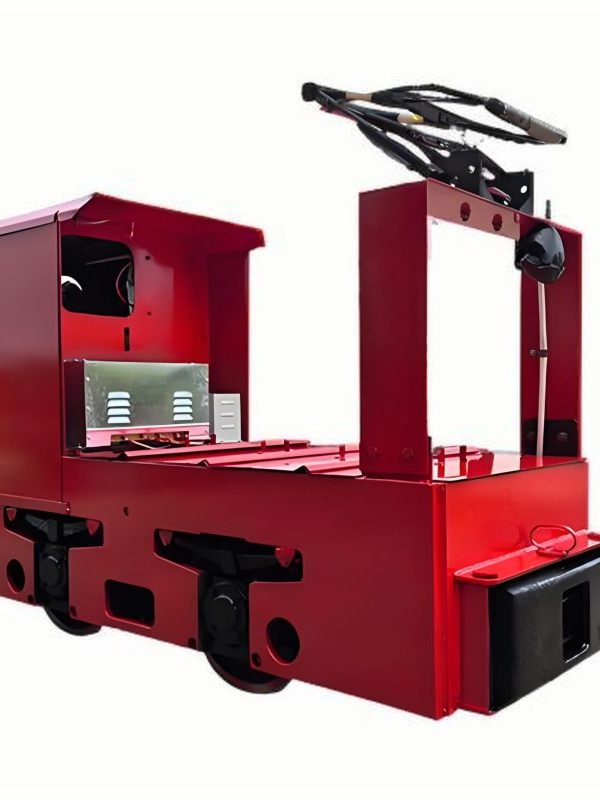
Trolley Wire Mining Locomotives
Trolley wire mining electric locomotives represent a specialized application of electric propulsion technology, designed specifically for the unique challenges of underground mining.
- Built to strict safety standards
- Combines overhead lines with power storage battery backup
- Explosion-proof design features
- Low maintenance requirements
Safety Standards and Regulatory Compliance
The safe operation of electric locomotives, particularly in hazardous environments like mines, requires rigorous adherence to safety standards and regulations. These standards address every aspect of the locomotive's design and operation, with special emphasis on the power storage battery systems that represent both a critical component and a potential hazard if not properly engineered.
Explosion Prevention Standards
In mining applications, explosion prevention is paramount. Regulatory standards specify strict requirements for the power storage battery enclosures, electrical connections, and charging systems to prevent sparking or overheating that could ignite flammable gases.
These standards include specifications for flameproof enclosures, intrinsic safety barriers, and thermal management systems that ensure the power storage battery operates within safe temperature ranges even under heavy load conditions.
Fire Safety Requirements
Fire safety regulations for electric locomotives cover battery chemistry, charging protocols, and fire suppression systems. Modern power storage battery technologies are subject to extensive testing to ensure they can withstand mechanical abuse, overcharging, and short-circuit conditions without catastrophic failure.
Regulatory bodies around the world continuously update standards to address new power storage battery technologies and emerging safety concerns, ensuring that electric locomotives remain among the safest transportation options available.
International Certification
Electric locomotives and their power storage battery systems must meet international certification standards that ensure compatibility and safety across different rail networks and operational environments.
Maintenance Protocols
Regulatory frameworks include detailed maintenance requirements for the power storage battery and electrical systems, ensuring that regular inspections and servicing prevent potential safety hazards and performance degradation.
Operator Training
Safety regulations mandate specialized training for operators working with electric locomotives, focusing on proper handling of the power storage battery, emergency procedures, and recognition of potential system malfunctions.
Future Developments in Electric Locomotive Technology
The future of electric locomotives is closely tied to advancements in power storage battery technology. As research continues to improve energy density, charging speed, and cycle life, electric locomotives will become even more efficient, versatile, and cost-effective compared to traditional alternatives.
Next-Generation Power Storage Batteries
Emerging battery technologies, including lithium-ion variants and beyond-lithium chemistries, promise to deliver significant improvements over current power storage battery systems. These advancements will enable longer ranges, faster charging, and reduced weight, all of which translate to better performance and lower operational costs.
Solid-state batteries, for example, offer the potential for higher energy density and improved safety compared to conventional liquid electrolyte batteries, making them an attractive option for future electric locomotive applications.
Smart Energy Management
Advanced computer systems will optimize the performance of the power storage battery in real-time, adjusting to varying load conditions, terrain, and operational requirements. These smart management systems will maximize efficiency while extending battery life through sophisticated charge/discharge algorithms.
Integration with Renewable Energy
Future electric locomotive systems will increasingly integrate with renewable energy sources, using the power storage battery to store energy generated from solar, wind, and other sustainable sources. This integration will further reduce the environmental impact of rail transportation while enhancing energy security.
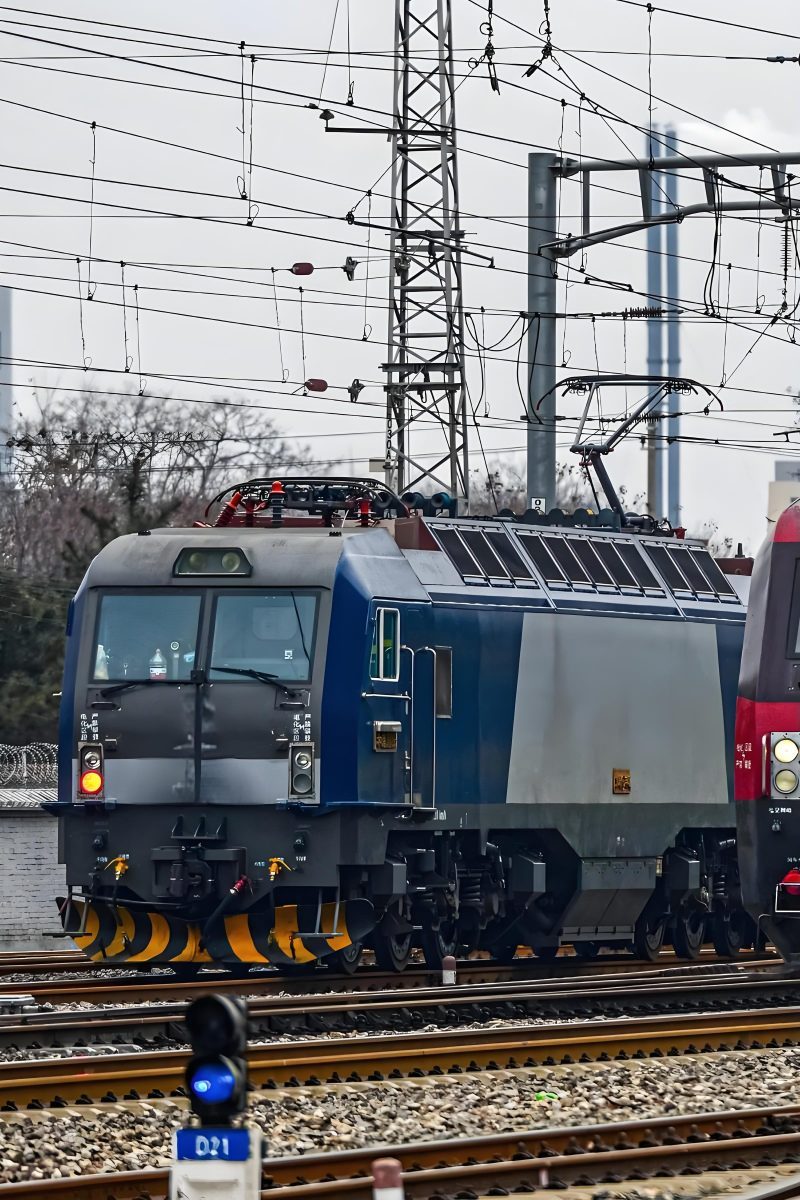
From their early adoption in Germany to their current status as the backbone of modern rail transportation, electric locomotives have come a long way. The continuous evolution of the power storage battery has been central to this progress, enabling greater efficiency, reliability, and versatility in rail operations across the globe.
As technology continues to advance, electric locomotives will play an increasingly important role in sustainable transportation systems, reducing carbon emissions and improving energy efficiency. The power storage battery, as a critical enabling technology, will remain at the forefront of these developments, driving innovation in both passenger and freight rail applications.